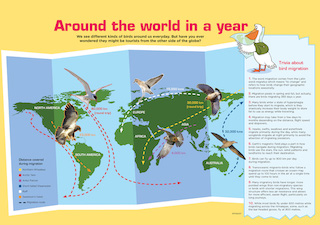Adivasi communities traditionally depended on the forest for all their nutritional needs. They subsisted mainly on fruits, vegetables, tubers, fish, small game as well as the occasional crop they grew, predominantly coarse grains. However, as time passed and the nature of, as well as their access to, forests changed, their diet started becoming deficient. Certain tribes, such as Paniyas, forced into bonded labour saw a paradigm shift in their dietary practices due to their dependence on their exploiters for their sustenance needs. This deficiency started manifesting in the form of rampant malnutrition, among adults and children alike, underweight babies as well as high maternal mortality. Another consequence was increased susceptibility to Tuberculosis among the Adivasis.
Source: “Gardening their way to Good Health” by ACCORD – Action for Community Organisation, Rehabilitation and Development
URL: https://www.accordweb.in/?p=4840
Date visited: 30 June 2022
For additional learning resources visit the website of the Centre for Science and Environment (CSE), “a public interest research and advocacy organisation based in New Delhi”:
Communication for Awareness
CSE’s publications and informational products have been its strength and they have always combined research and readability to get the message across.

CSE’s tools for awareness raising are periodicals, publications, films/short spots, briefing papers, exhibitions, posters and other products. CSE’s informational products reach people in more diverse ways such as features service, website and e-news bulletins. […]
Source: About CSE
URL: https://www.cseindia.org
Date Visited: 10 July 2022

Human trafficking is a crime. To report in India, call Shakti Vahini
+91-11-42244224, +91-9582909025 or the national helpline Childline on 1098.
National Programme for Child Labour Free India | PDF-Repository (70 KB) >>
“As per a study on human trafficking, the state of Jharkhand has emerged as India’s trafficking hub with thousands of tribal women and girls being trafficked out of the state each year to Delhi, Punjab, Haryana and beyond [while] human traffickers are also involved in many cases of missing children.” – The Wire | Shakti Vahini | Tourism locations | Adivasi tribal bondage slavery trafficking (Safe search) >>
Subscribe to Vidyodaya’s educational videos on YouTube: Kaathadi >>
